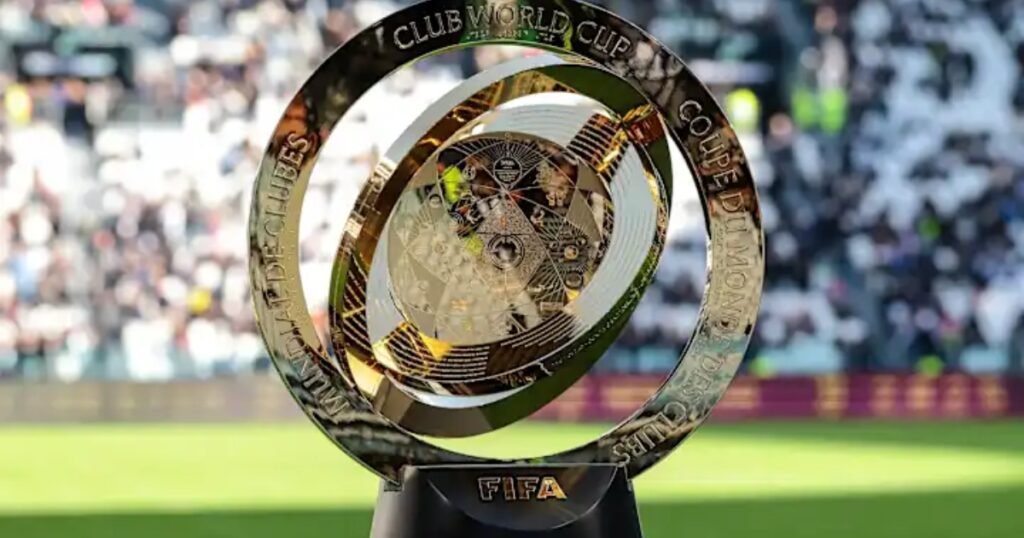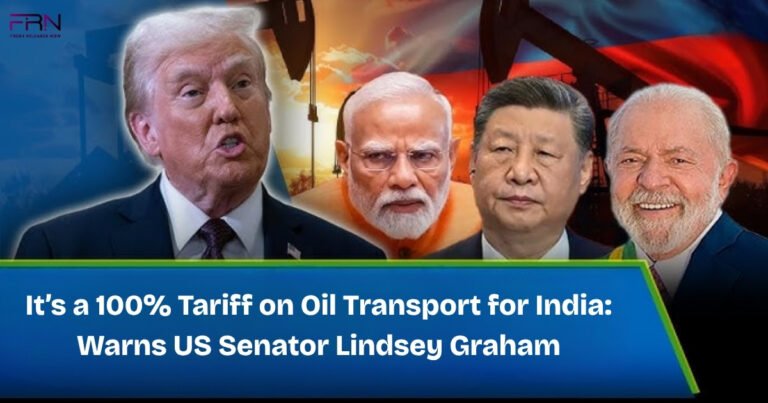
FIFA will hold a new Club World Cup in 2025 with 32 top clubs from around the world. The month-long event takes place in 11 U.S. cities and follows the World Cup format. The tournament brings big prizes, exciting matches, and aims to attract fans from everywhere.
What’s happening — tournament basics
This summer, FIFA is bringing a brand-new version of the Club World Cup. Just like the men’s national World Cup, this tournament will start with a group stage—8 groups of 4 teams each. Then, the top teams will move on to the round of 16, followed by the quarterfinals, semifinals, and the final match.
The final will take place on July 13 at MetLife Stadium in New York/New Jersey.
Importantly, don’t confuse this with the 2026 World Cup for national teams. This event features club teams, like Real Madrid, PSG, Manchester City, Inter Miami, and Boca Juniors. These teams earned their spots by winning major continental tournaments over the past four years.
Qualification: who’s in?
The 32 teams in the tournament come mainly from the past four years of continental champions. However, FIFA gave spots to each region based on their strength in global soccer.
- Europe (UEFA) gets the most with 12 teams
- South America (CONMEBOL) gets 6 teams
- North/Central America & the Caribbean (Concacaf) gets fewer spots
- Oceania (OFC) gets 1 spot
Since the U.S. is hosting the tournament, they get an extra team. That spot goes to Inter Miami, who finished at the top of the MLS regular season. Even though Columbus Crew won the MLS Cup, Inter Miami took the place based on regular season results.
Some unusual situations happened, too. Club León from Mexico lost its spot because it shares ownership with Pachuca, which created a conflict. To fill that empty Concacaf slot, LAFC won a special playoff. Also, Auckland City made it into the tournament by winning the OFC Champions League.
In the end, the list of teams comes from a mix of champions, rankings, host nation picks, and special eligibility rules.
From knockout sideshow to marathon spectacle
From 2000 to 2023, the tournament was small and low-key. It usually had just 6 or 7 teams and lasted about 10 days, with little attention.
But now, FIFA has turned it into a huge event with 63 matches. It comes with a $1 billion broadcasting deal with DAZN and aims to reach fans all over the world. Like the main World Cup, it will now happen every four years.
This new version goes much bigger. It includes group stages, knockout rounds, big-name players, and global excitement—bringing a whole new level of drama and ambition to club football.
Money matters: prize pool & commercial intent
FIFA has promised a $1 billion prize pool for the tournament. Winning clubs could earn up to £100 million, similar to what teams make in the UEFA Champions League for just seven games.
Even teams that lose in the group stage will still get a large payout. This reward system encourages all qualifying teams to take part seriously.
However, some football associations see this as a business move, not true global unity. Critics say that while FIFA talks about fairness, most of the money goes to the biggest clubs—making the gap between rich and smaller clubs even wider.
Who’s playing?
Powerhouse clubs in this edition include:
- Manchester City won the UEFA Super Cup and returned as champions from the old tournament format.
- Top European clubs like Chelsea, Real Madrid, PSG, Bayern Munich, Juventus, and Dortmund secured 12 of Europe’s available spots.
- From the host nation, Inter Miami qualified and grabbed headlines, thanks to Lionel Messi—even though they didn’t win the MLS Cup.
- Moving to South America, famous clubs like River Plate, Boca Juniors, and Flamengo earned their places through strong performances.
- Auckland City will represent Oceania as its only team.
In total, 32 clubs from around the world will compete. Most teams come from Europe and South America, but the tournament includes clubs from every continent for a global mix.
Logistical and welfare questions
Many worries about player fatigue, tight schedules, and lack of rest.
- Players could play nonstop for three summers in a row: EURO/Copa América, then the Club World Cup, followed by pre-season next year.
- UEFA, FIFPRO, and local unions warn about too many matches and the impact on player health.
- European player unions already raised concerns, and some leagues opened special June transfer windows to help clubs adjust.
- Fans also have doubts. In the UK, Man City and Chelsea supporters mention high travel costs—around £6,000 per person—and a long, spread-out tournament as major issues.
- Some clubs dropped ticket prices due to low early demand, which raised questions about local fan interest.
Still, a passionate group of fans like City and Chelsea loyalists, are ready to travel across the Atlantic to be part of what they see as a historic football event.
Political & governance ripple effects
- The U.S. will host the tournament as a test run before the 2026 World Cup. It will help check if cities, transport, and stadiums are ready.
- Some people worry that U.S. travel rules like old travel bans—might cause problems for players, staff, and fans.
- The matches will take place in 11 different cities, which will challenge FIFA and local teams to manage travel, schedules, and border checks smoothly.
- Some European clubs and leagues feel uneasy. They have legal concerns about how FIFA runs the event, chooses teams, and possibly takes too much control.
Is this the start of something bigger?
Many believe the new tournament is a step toward a global super league that benefits wealthy clubs. Critics worry it will widen the gap between big and small teams, weaken traditional leagues, and give FIFA too much control. Supporters argue it’s a bold move that could make football history—just like the first World Cup did.
How to watch
- DAZN paid $1 billion to get the rights to show the games around the world.
- In the UK, Channel 5 will show the games. They also cover World Seniors Snooker.
- In the U.S., you can watch the games on DAZN.
- In other countries, local TV channels will also show the games.
Final verdict
FIFA is starting its biggest and most talked-about Club World Cup ever.
Good things about it:
- FIFA made a huge TV deal to show the games worldwide.
- Many famous players will take part, and the format feels like the World Cup.
- Clubs will earn a lot of prize money.
- It will help the U.S. get ready to host the 2026 World Cup.
Problems people see:
- Players might get too tired from playing too much.
- The schedule could clash with other matches.
- Some fans may not feel excited about it.
- Rich clubs might get even richer, making things unfair.
Top clubs are already getting ready. For example, Real Madrid signed Trent Alexander-Arnold early so he can play in the tournament.
FIFA says the tournament will cover its costs by 2025 and start making money by 2029. But many people think FIFA just wants to make money, not help football grow.



